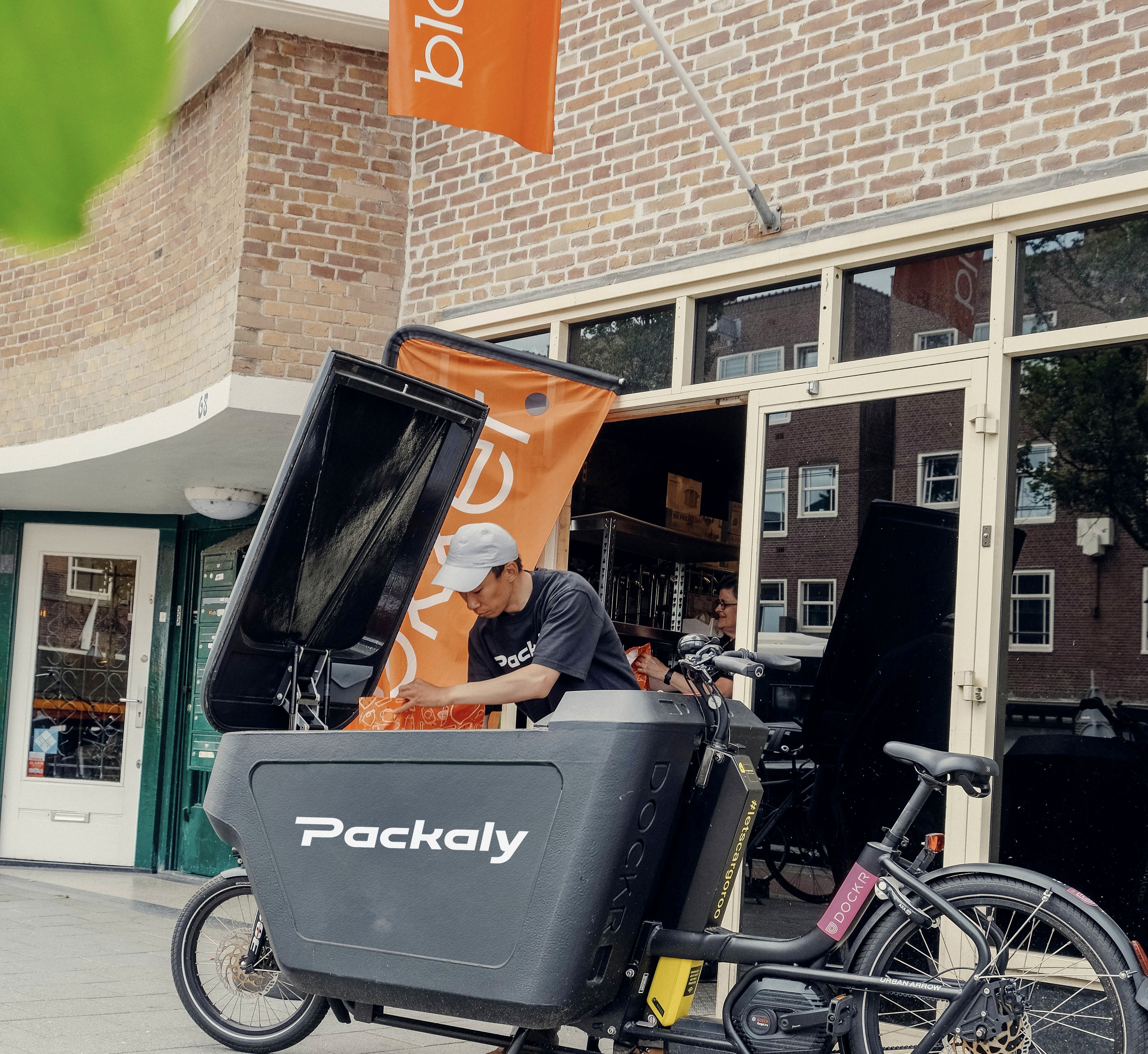Tehanie Lifu
Monday, January 15, 2024
Out with the Old and in with the New…
Times are changing, the world is heating, and we are all trying to do our bit to protect the planet. It is not shocking that the last-mile delivery sector is one of the largest polluters in the supply chain, emitting three million tonnes of Co2 in Europe annually. In hopes to offset Co2 pollution and align with low-emissions zones across Europe, we have seen an exponential rise in the use of electric bikes and vehicles within the last-mile delivery sector.
The Rise of the Electric Bike
In Europe, 3.4 million e-bikes were sold in 2019, with projections estimated to reach 13.5 million annually by 2030. It’s obvious that the e-bike epidemic is here to stay and will only continue to grow in popularity as the cost of fuel and the onset threat of global warming continue to rise. So, what makes e-bikes the ideal candidate for last-mile delivery carriers?
Cost Effective
Fuel prices are high, and without the need to fuel up vans and trucks, e-bikes can save carriers a lot of money in the long run.
Easy and Cheap to Maintain
Compared to traditional vehicles, the maintenance on electric bikes is far easier and cheaper. The American Automobile Association (AAA), states that a year's maintenance for a car can add up to approximately $1,186, compared to only $754 per year for e-bikes. Not only that, but e-bike maintenance requires a lot less time and care than your average car.
Efficiency and Speed
A 2021 study found that an e-bike can deliver items 60% faster than a van in a busy city centre. The same study found that e-Bikes had a higher average speed and dropped off 10 parcels an hour, compared to six with a van.
Electric Cargo Bikes: Changing the Delivery Landscape
Think of the electric cargo bike as the bigger and better big brother to the e-bike. What the bike can do for last-mile delivery, the cargo bike can do ten times better. Due to the immense carrying power of these electric cargo bikes it is possible to completely replace motor vehicles for almost half of all city journeys.
The Support Lead at Packaly, Anoek Klootwijk, states that Packaly riders using traditional or electric bikes could fit approximately 15 medium sized parcels in their bag per delivery. Whereas Packaly riders who took advantage of electric cargo bikes were able to hold around 25 medium sized parcels, depending on their make and model of bike. That’s 50% more parcels per delivery!
It’s clear that electric cargo bikes are giving delivery vans a run for their money. Not only are they helping the planet and contributing to a greener future, but they are increasingly becoming more efficient and effective than traditional last-mile delivery vehicles.

How the Community Benefits
While the positive impact that e-bikes and electric cargo bikes have on the last-mile sector is undeniable, what are the benefits for local communities?
Clearing Up Traffic Congestion
In densely populated areas the use of bikes and e-bikes clears up traffic on the roads. Many commuters have as little as one passenger per car, making trips inefficient and taking up both space on the road and burning unnecessary energy to operate the vehicle.
Promotes an Active Lifestyle
The use of e-bikes and electric cargo bikes improves physical and mental health. A case study in the Health Promotion Journal of Australia believes that the greater adoption of e-bikes would have positive health implications for the wider community as a whole.
Improves Air Quality
Traditional gas and diesel cars contribute to air pollution by releasing harmful chemicals, particles, and gases into the air. A typical passenger vehicle emits almost five metric tons of carbon dioxide a year from burning fuel. Cycling completely eliminates this and improves air quality in cities and towns.
Riding Our Way to a Sustainable Future
Thanks to their power and low carbon footprint, e-bikes and electric cargo bikes are transforming the delivery landscape. These mighty inventions are not only fighting climate change but they provide easier, cheaper, and more efficient alternatives to gas cars. On top of that, their use aligns with the European Union’s goal outlined in the Declaration on Cycling as a Climate-Friendly Transport Mode and the United Nations Sustainable Development Goal 11.
The growing threat of climate change, wildfires, droughts, and other natural disasters, is making us all rethink our choices. In today’s age of consumerism, the demand for delivery has never been greater. A moderate increase in cycling could save 6 to 14 million tons of carbon dioxide each year. For us in the last-mile delivery sector, the mass adoption and switch to electric alternatives has never been more appealing and necessary for our future.

